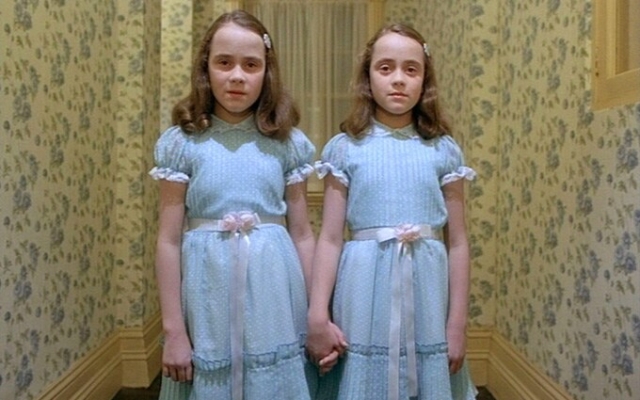 Horror: twins Lisa and Louise Burns in The Shining Photo: AJ Pics/Alamy Stock Photo
Horror: twins Lisa and Louise Burns in The Shining Photo: AJ Pics/Alamy Stock Photo
The appeal of the classic haunted house painting is obvious. Atmospheric conditions; an eclectic cast of characters who come to the house for a variety of reasons; a series of supernatural manifestations that escalate in unease from mildly unsettling to downright terrifying; and an explanation of the horrors that have been evoked throughout the film, followed by catharsis and often the final fear.
At least it's a classic formula, but it's been neglected for years as the advent of computer-generated effects stripped the genre of much of its ability to scare. Based on a theme park ride, this new Disney Haunted Mansion was a critical disappointment due to how its CGI-heavy storyline hides any real fears.
But if you want to be scared to death, here are 15 real haunted house movies that will continue to thrill and scare viewers.
Rebecca (1940)
Alfred Hitchcock's adaptation of Daphne du Maurier's novel may not feature any real ghosts on screen, but it deserves inclusion on this list for two reasons; first, because of the invisible but apparently ghostly Rebecca, the first Mrs. de Winter, who casts an ominous shadow over her husband Maxime (Laurence Olivier) and his second wife, whose name was never named (Joan Fontaine), and in Secondly, because of the house itself. , Manderley, a gothic mansion where danger and suspicion lurk around every corner, the epitome of the incomparably creepy housekeeper Mrs. Danvers (Judith Anderson). Despite the British setting, Rebecca was filmed entirely in California and Manderley was recreated there at Selznick Studios.
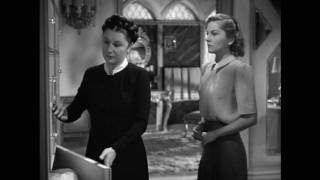 The Uninvited (1944)
The Uninvited (1944)
With a screenplay co-written by Dodie Smith (101 Dalmatians), it was extremely innovative in depicting the supernatural not as the monstrous abomination of Universal Pictures horror films, but as something realistic, and therefore far more terrifying. Hitchcock was approached to direct but turned it down, so journeyman director Lewis Allen took on the job instead, and his down-to-earth, down-to-earth approach makes this tale of a couple slowly realizing their Cornish dream haunted house truly creepy.
Haunted Hill House (1959)
Producer and impresario William Castle often made up for the questionable quality of the films he made with spectacular stunts; Visitors to «House on Haunted Hill» were often shocked by the sight of a plastic skeleton flying over the audience, a stunt Castle called «emergo».
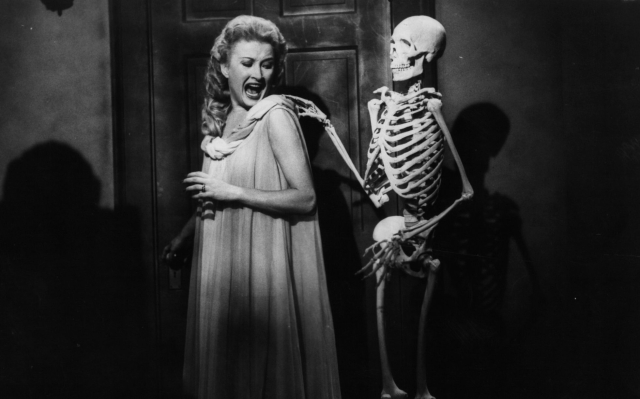 Carol Omart in a scene from the movie House on Haunted Hill. Photo: Allied Artists/Getty Images
Carol Omart in a scene from the movie House on Haunted Hill. Photo: Allied Artists/Getty Images
It's a lovable B-movie that's taken to the next level by Vincent Price's superb performance as a millionaire who invites five strangers to spend the night at the house of the same name for a chance to win $10,000. The exterior of the house itself was provided by the Frank Lloyd Wright-designed Ennis House in California.
The Innocents (1961)
Henry James' novella The Turn of the Screw has much to do with the question at its heart: Are the two children cared for by a young governess (Deborah Kerr's obsessive representation) really in danger of being supernaturally possessed, or are they a projection of their own psychological disorder? The Jack Clayton film shares the difference; writer William Archibald approached it as a realistic ghost story, while co-writer Capote saw it as an exploration of severe neurosis.
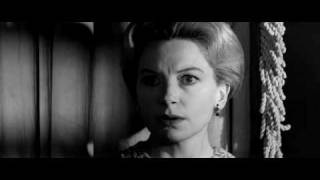 Ghosts (1963)
Ghosts (1963)
Castle tried to buy the rights to Shirley Jackson's novel The Haunting of Hill House, but after failing, he made his own film with a similar title. When Robert Wise undertook to adapt the novel, he was convinced that it was about a psychological breakdown, but Jackson peremptorily corrected him, assuring him that the story of a group of paranormal investigators investigating ghostly phenomena in the hill house of the same name was very interesting. a lot of study of the supernatural.
However, Wise managed to sneak hints of a mental breakdown into his terrifying film, which makes the horror setting, in which almost everything is left to the imagination of the viewer, even more spectacular. Martin Scorsese calls it his favorite horror movie of all time.
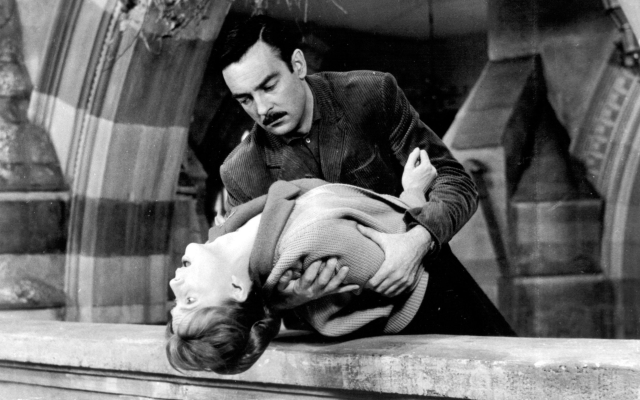 The Haunting (1963) Credit: Entertainment Pictures/Alamy Stock Photo The Legend of Hell House (1973)
The Haunting (1963) Credit: Entertainment Pictures/Alamy Stock Photo The Legend of Hell House (1973)
Richard Matheson's Hell House can be compared to a less refined version of Jackson's The Haunting of Hill House — and much the same can be said for John Hough's film about it, which stars Roddy McDowall as one of a group of paranormal investigators, who find themselves unraveling the secrets of the Belasco house. Still, it's a lot of fun, with one of cinema's most stunning endings, helped by the uncredited presence of seasoned character actor Michael Gough, and the effective use of British stately homes for filming, including Blenheim Palace.
Changeling (1980)
Playwright and composer Russell Hunter once lived in a mansion in Denver, Colorado, where unexplained phenomena were linked to his discovery of a diary kept by a disabled boy who had been ostracized by his parents. Hunter's experience formed the basis of Peter Medak's film, in which the great George Scott played a titanic role in the title role of John Russell, a composer whose wife and child died in a car accident. There is a commendable commitment to realism and naturalism in the film, which makes the fears even heavier when they come.
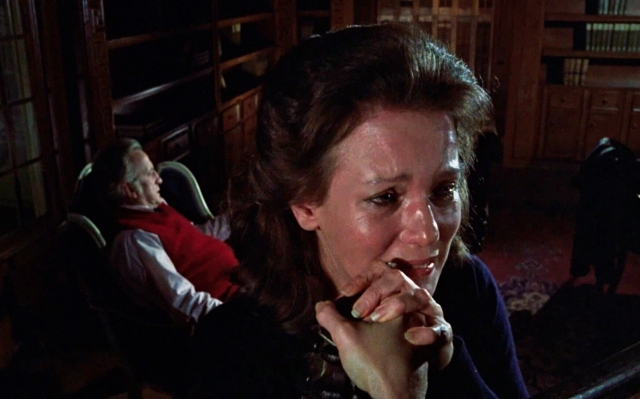 Trish Van Devere in The Changeling By TCD/Prod.DB/Alamy Stock Photo The Shining (1980)
Trish Van Devere in The Changeling By TCD/Prod.DB/Alamy Stock Photo The Shining (1980)
Stanley Kubrick's adaptation of Stephen King's horror novel breaks most of the rules of the haunted house (or hotel, in this case) genre. After all, the protagonist attempts to kill his wife and child, the sets are brightly lit and modern, and the film's ambiguity (which King laments heavily) has been discussed since its release.
Initially reviled as a cheap hack unworthy of Kubrick, with Jack Nicholson's OTT performance at the helm, it has deservedly been re-evaluated as not only one of the most terrifying haunted house stories ever made (with a huge set built to exacting specifications). Kubrick). at Pinewood Studios), but it is a very disturbing and mysterious film that raises more questions than can ever be satisfactorily resolved.
Poltergeist (1982)
This chilling exploration of an all-American family who is surrounded by supernatural phenomena while living in a modern California home works well in itself as a scary, if not genuinely terrifying, ghost story, but more interesting than the film itself are stories. the circumstances under which it was committed.

The movie was nominally directed by Texas Chainsaw Massacre director Tobe Hooper. It was widely believed that the real director, uncredited, was none other than Steven Spielberg, who co-wrote and co-produced the picture and was on set throughout the film; his contract with Universal during the creation of ET prevented the director from being officially recognized. The debate about whether Hooper or Spielberg actually directed Poltergeist is still raging.
Beetlejuice (1987)
Straight-forward comedy — albeit with bizarre and macabre elements — Tim Burton's black farce, in which a recently deceased newlywed couple find themselves in their own home, is a hugely compelling exercise in Grand Guignol's absurdity. Alec Baldwin and Geena Davis are strong in the lead roles, but the show is indeed stolen by the then obscure Michael Keaton as Betelgeuse (pronounced as one would expect), a repulsive but hilarious «bio-exorcist» who wreaks havoc in both the real world. as well as in the afterlife.
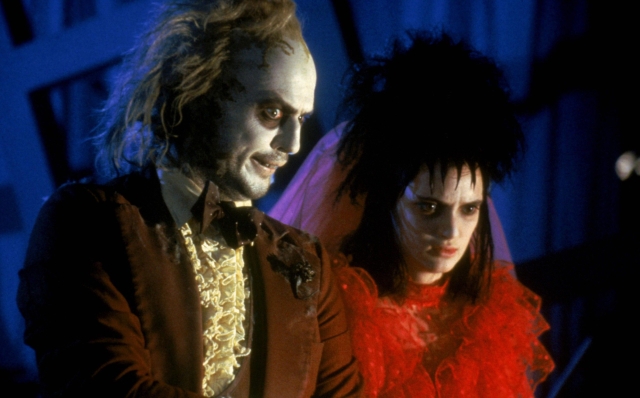 Michael Keaton and Winona Ryder in Beetlejuice Photo: 12/Alamy Stock Photo Ghostwatch (1992)
Michael Keaton and Winona Ryder in Beetlejuice Photo: 12/Alamy Stock Photo Ghostwatch (1992)
Stephen Wolk's pseudo-documentary, in which a team of experts and TV presenters investigate apparent hauntings in a country house on the outskirts of London, caused an unprecedented reaction when it was shown on British television (only once) in 1992. Billed as a live broadcast with familiar faces like Michael Parkinson playing himself, his new take on the genre terrified viewers, many of whom thought it was real.
Others (2001)
Set in the 1940s, Alejandro Amenábar's deeply disturbing picture in which Nicole Kidman and her two young children come to the conclusion that their isolated Jersey country home is haunted once made a senior BBFC examiner accept the film as 12A, publicly regret your decision. Ros Bates commented, “The problem with this movie was that there was nothing on the screen; everything was implied. So as part of the writing guidelines I got it right. But it worries me to this day.»
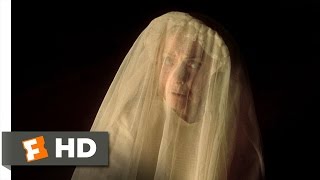 Orphanage (2007)
Orphanage (2007)
Guillermo del Toro, who had just achieved success with Pan's Labyrinth, was responsible for developing this terrifying Spanish horror film with director J. A. Bayona, who later found success in Hollywood. His story of a family who wants to turn an orphanage into a home for disabled children only to discover unspeakable horrors is deeply chilling, especially the scene in which the medium Geraldine Chaplin Aurora, in an attempt to uncover the orphanage's secrets, finds herself communicating with the dead. , many of which have a grim history.
The Conjuring (2013)
James Wan's tale of a family tormented by an evil spirit in their 1970s Rhode Island farmhouse and the demonologists who try to help them — the same events that inspired the movie The Amityville Horror — is rich in historical detail and alternates between a spectacular leap of fear and a more realistic story about how ghosts should feel than other similar films. It spawned several related films in the so-called «Spell Universe» — some of them revolve around a satanic doll named Annabelle — but the original is the best.
 Vera Farmiga plays Lorraine Warren in The Conjuring. Photo 12/Alamy Stock Photo The Little Stranger (2018) Lenny Abrahamson's discreet adaptation of Sarah Waters' novel leans on old-fashioned virtues such as double entenders, a creeping sense of dread, and a series of intriguing twists that leave viewers questioning reality (or otherwise) what they saw. for the previous 90 minutes. It was a flop at the box office, but the trio of superb performances by Donhall Gleason, Ruth Wilson and Charlotte Rampling means that this fine picture deserves another review.
Vera Farmiga plays Lorraine Warren in The Conjuring. Photo 12/Alamy Stock Photo The Little Stranger (2018) Lenny Abrahamson's discreet adaptation of Sarah Waters' novel leans on old-fashioned virtues such as double entenders, a creeping sense of dread, and a series of intriguing twists that leave viewers questioning reality (or otherwise) what they saw. for the previous 90 minutes. It was a flop at the box office, but the trio of superb performances by Donhall Gleason, Ruth Wilson and Charlotte Rampling means that this fine picture deserves another review.
Haunted Mansion in theaters from Friday
Are you a fan of movies about haunted houses? What is your favorite? Join the conversation in the comments section below

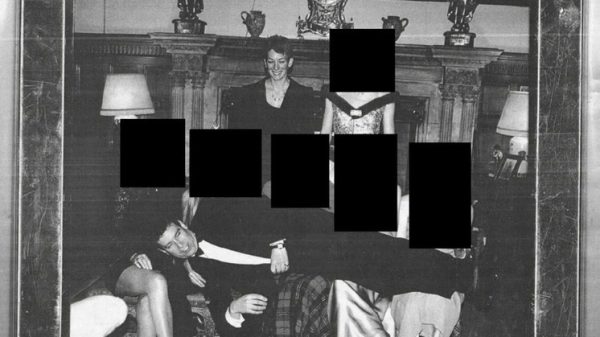
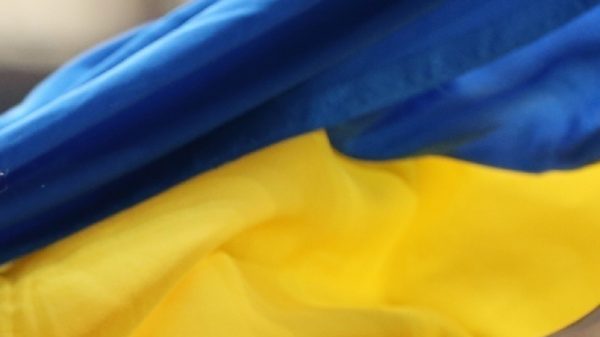
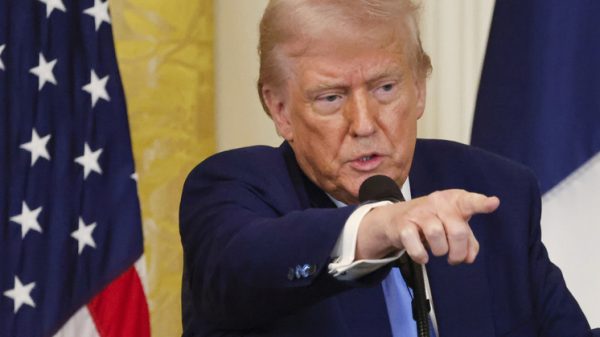

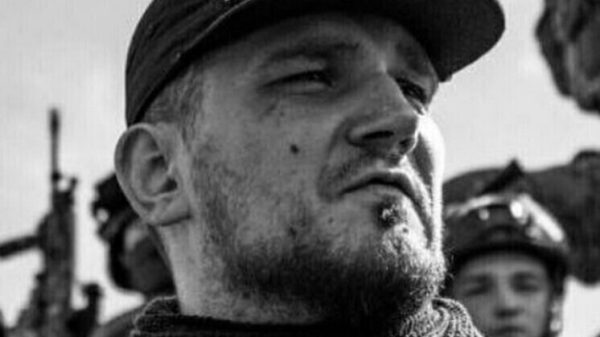

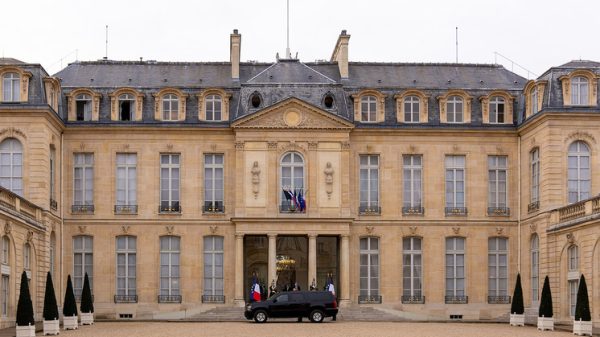

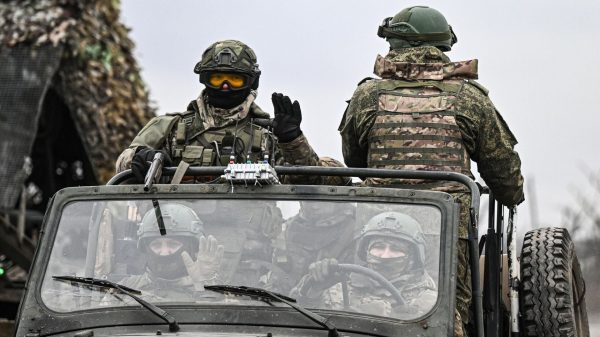
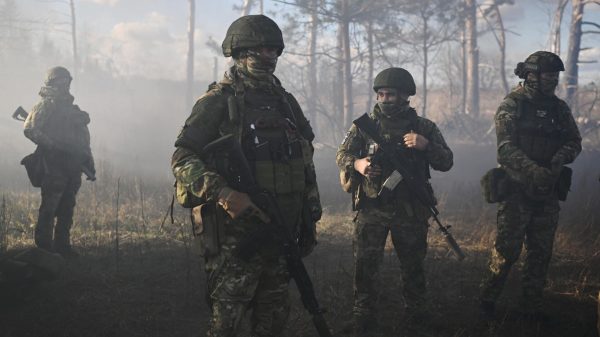
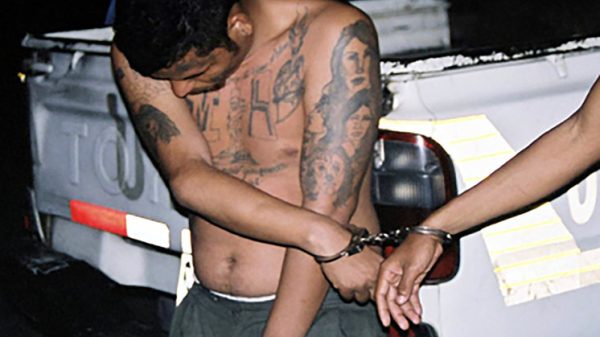
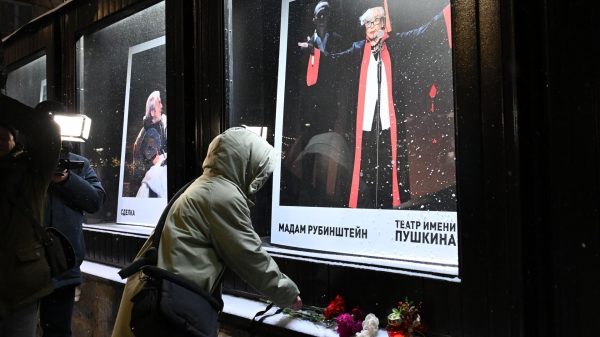
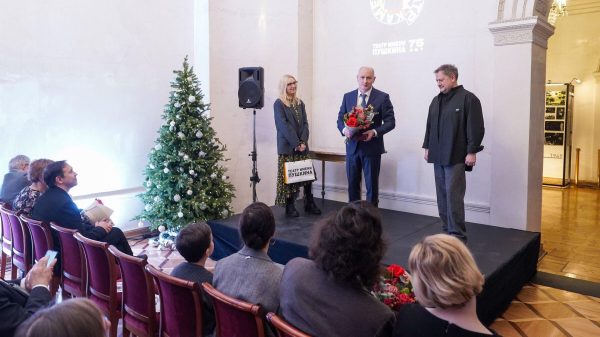
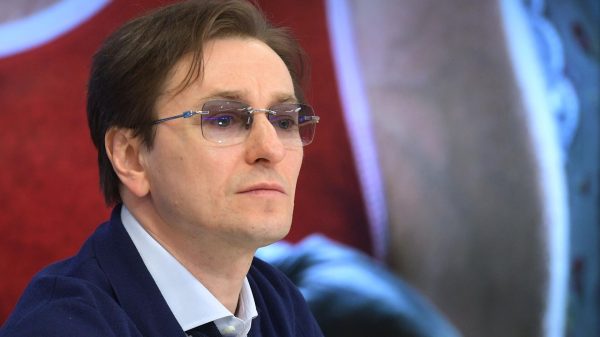
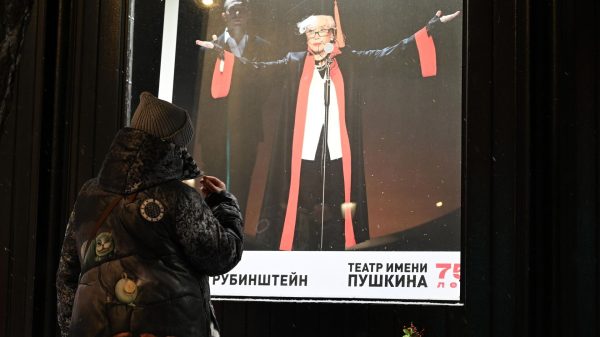
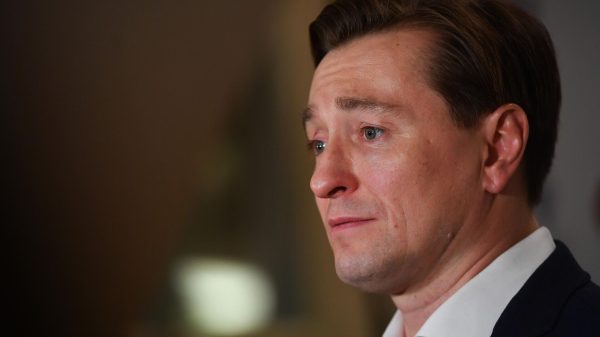

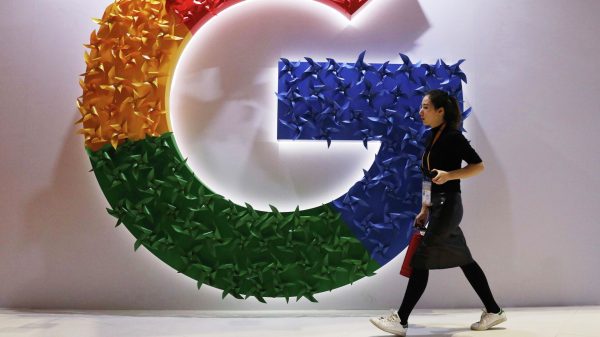
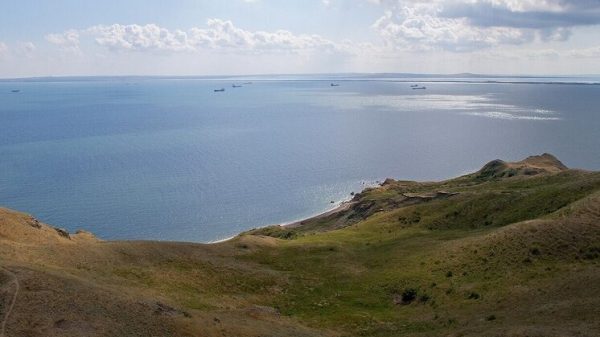
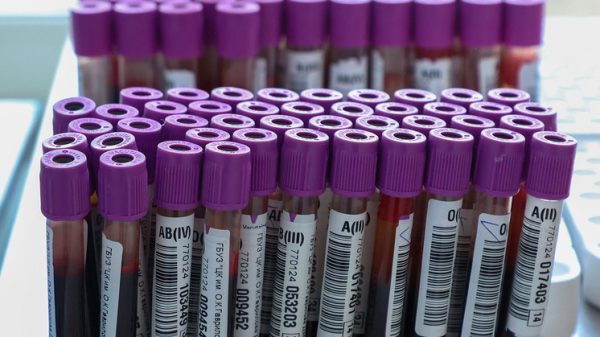
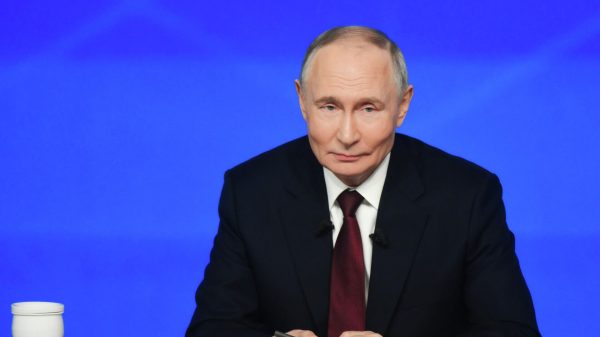











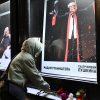
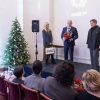
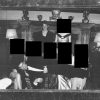


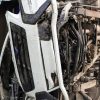








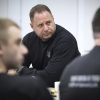






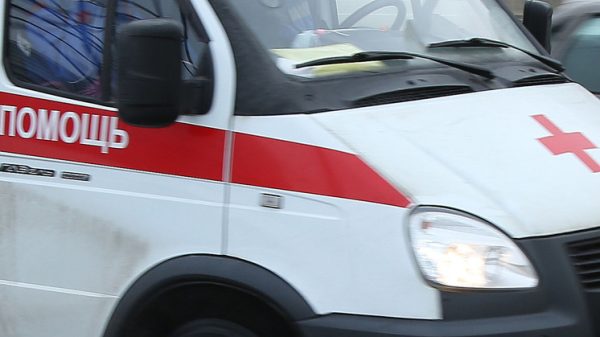

Свежие комментарии